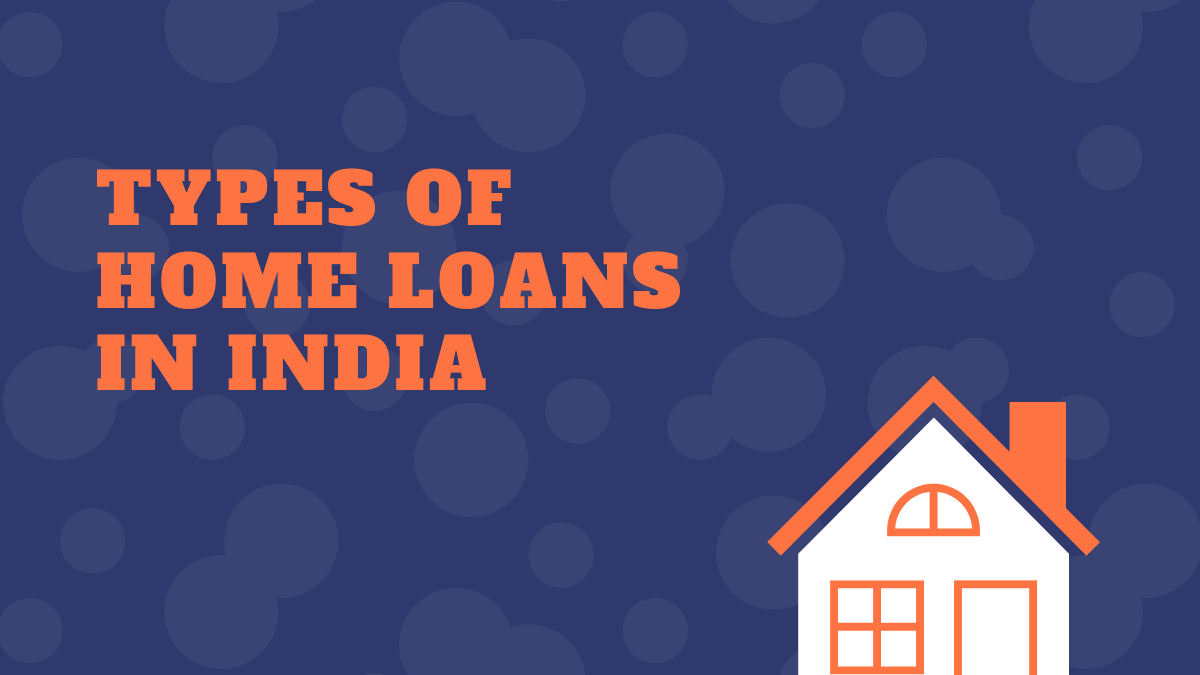Navigating the Indian home loan landscape can feel like traversing a complex maze, filled with various options, interest rates, and eligibility criteria. Choosing the right financial instrument to purchase your dream home is a significant decision that requires careful consideration. Understanding the different types of home loans available and their respective advantages and disadvantages is crucial to making an informed choice. This article will delve into the diverse world of home loans in India, providing insights to help you determine the best fit for your individual needs and circumstances.
Understanding the Spectrum of Home Loans in India
The Indian financial market offers a wide array of home loan products designed to cater to diverse borrower profiles. These products vary in their features, interest rates, repayment terms, and eligibility requirements. It’s vital to explore these options thoroughly to identify the loan that aligns best with your financial goals and risk tolerance.
Popular Home Loan Types: A Closer Look
- Purchase Loans: The most common type, specifically for buying a new or resale property.
- Construction Loans: Designed for individuals building a home on a plot of land they already own.
- Home Improvement Loans: Used for renovations, repairs, or extensions to an existing home.
- Land Purchase Loans: Specifically for acquiring a plot of land for future construction.
- Balance Transfer Loans: Allows you to transfer an existing home loan from one lender to another, often to secure a lower interest rate or better terms.
Factors Influencing Your Home Loan Choice
Several factors should influence your decision when selecting a home loan. These include your income, credit score, existing debt obligations, and the overall financial stability of the lender. Analyzing your affordability and repayment capacity is paramount to avoid future financial strain.
A crucial aspect to consider is the interest rate structure – whether it’s fixed, floating, or hybrid. Fixed interest rates offer stability, while floating rates fluctuate with market conditions. Hybrid rates combine elements of both. The choice depends on your risk appetite and market outlook.
Comparative Analysis of Interest Rate Structures
| Feature | Fixed Interest Rate | Floating Interest Rate | Hybrid Interest Rate |
|---|---|---|---|
| Stability | High | Low | Medium |
| Market Sensitivity | Low | High | Medium |
| Potential Savings | Limited | Potentially High (if rates fall) | Variable |
| Risk | Low | High | Medium |
The Quest for the Best Home Loan
Ultimately, the “best” home loan is subjective and depends entirely on your individual circumstances. Thorough research, comparison of different lenders and loan products, and professional financial advice are essential steps in the process. Consider consulting with a financial advisor to gain personalized guidance. Remember, the most suitable loan is the one that aligns with your long-term financial goals and minimizes your overall borrowing costs.
Choosing the right home loan is a monumental task, but with sufficient information and strategic planning, the process can be demystified. Before finalizing your decision, explore all available options and assess your risk tolerance to ensure that you select the best possible home loan for your unique needs and aspirations.


